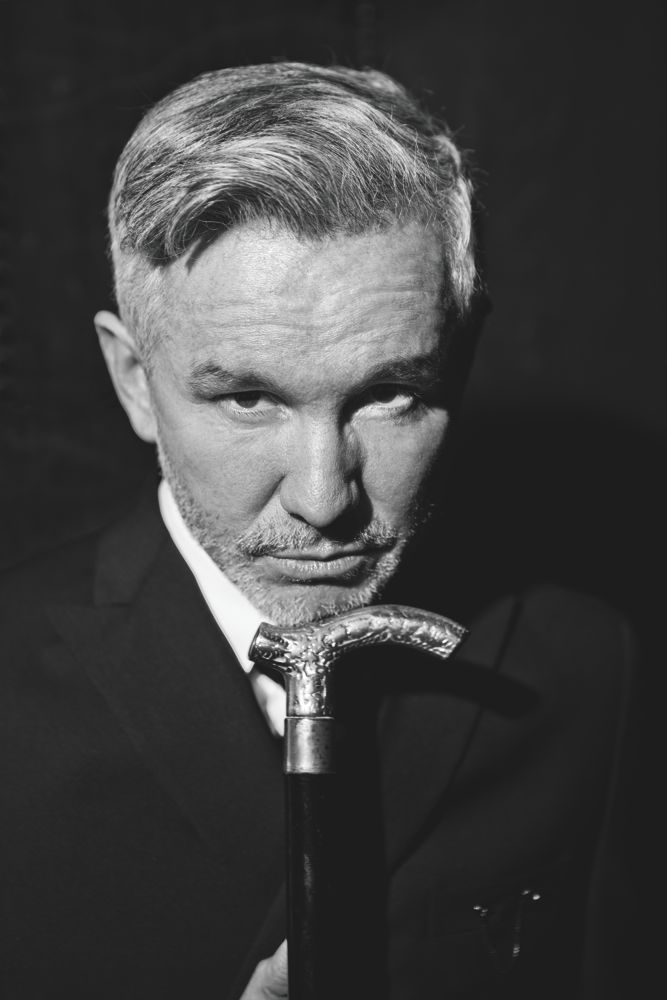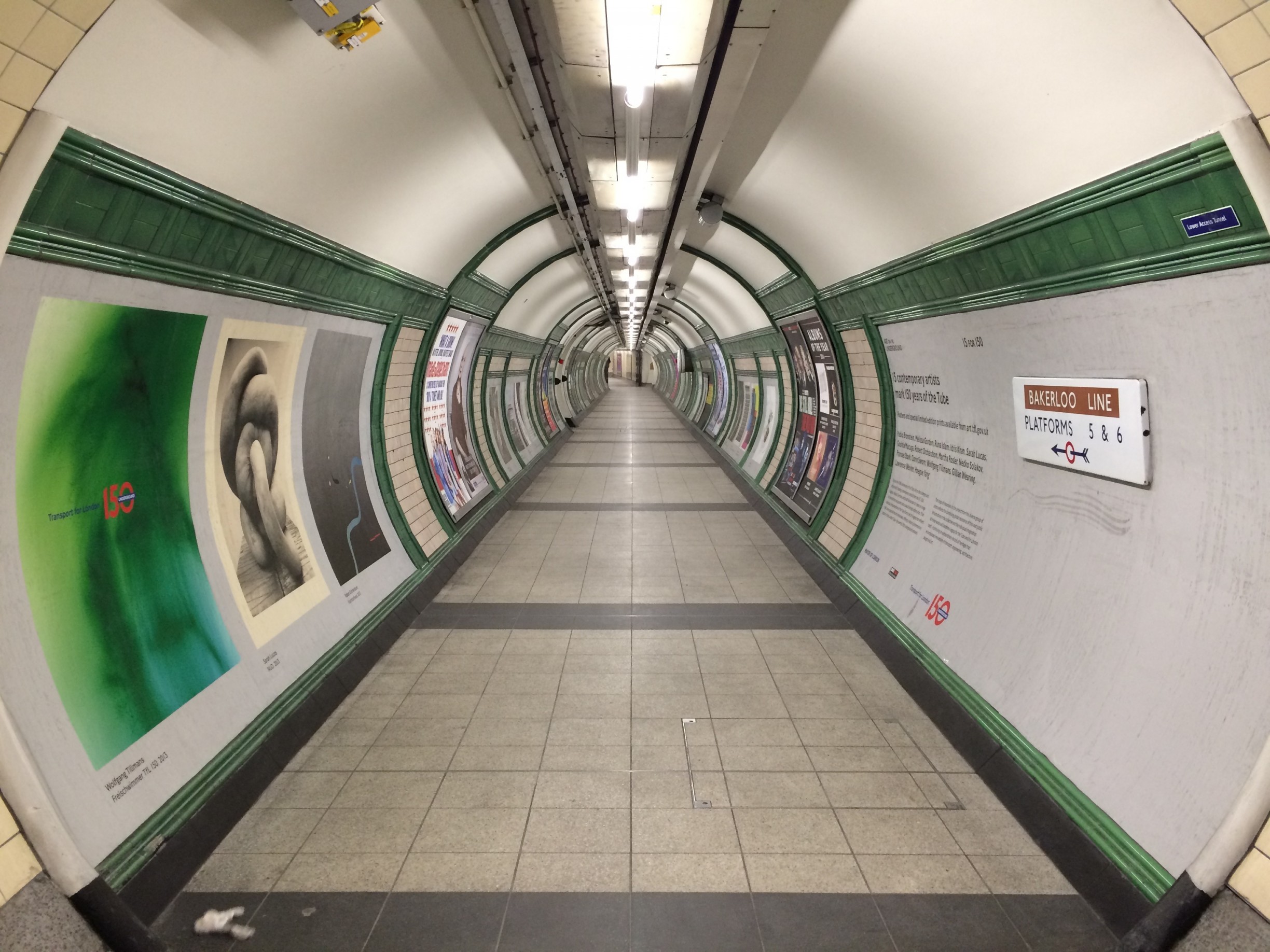That title probably “triggered” a few people out there so let me defuse the situation first and foremost: You just got clickbaited, without the clicking and redirecting to another page, unless you actually clicked on my blog, in which case: good for you!
Now. Are cartoons JUST for kids? How about we discuss what makes up a “cartoon.” From Merriam-Webster online dictionary:
Cartoon: (noun) A film or television show made by photographing a series of drawings : an animated film or television show
What part of this definition restricts cartoons to children? From this definition, anything made up of a series of drawings could be a cartoon; it could be gory, horrifying, lewd, surreal, anything. So why do we assume that anything that is ‘cartoon’ is something appropriate for children?
Let me elaborate: one of my all time favourite films is Hayao Miyazaki’s anime classic, Princess Mononoke (1997) which I first watched when I was about 9 or 10 years old. At the time, I believed the old “cartoons are for kids” thing, and imagine my astonishment when I saw limbs being lopped off and heads being slashed off at that tender age? It wasn’t until my parents actually checked closely did they realise that this cartoon was rated M15+ – i.e. Big no-no for 10 year old me (sidenote, I knew the whole time what its official rating was. I think the opening scenes with the big wormy boar gave it away; but it was a fantastic film, so sue me right?) Anyway, they decided the damage was done and let me watch it anyway.
Basically, what I am trying to get at here is that parents need to be more aware of a) how to check for and understand media classifications and b) they need to work out what they’re okay with their kids watching and consuming. I’ll also point out that I think I’m fairly liberal with what I believe younger people should and shouldn’t be allowed to consume, within reason. It’s so simple for us to assume at a glance that a cartoon is kid friendly, but the fact is there are so many animated films and television shows out there that parents would never let within 50 feet of their children if they knew what they were getting into; and they’re a click away from us all.
Parents need to be told that classifications aren’t put on movies, cartoons or video games just for decoration; the graphic designers probably hate having to ruin their gorgeous cover art with a little 18+ sticker. I’ve heard too often of kids going into stores like JB Hifi or EB Games etc. with their parents and getting copies of stuff like Princess Mononoke, Deadpool, Dead Space 3 or other media texts with ratings of R18+ simply because we are made to believe too easily that video games, superhero films and animated series are ‘just for kids.’ No, they aren’t all for kids. Check your ratings; it’s not the media company’s fault that parent’s don’t take classification ratings seriously.



